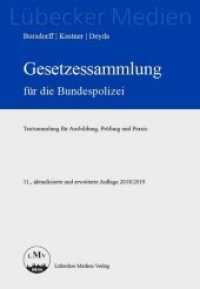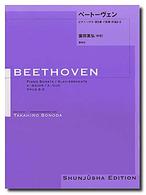- ホーム
- > 洋書
- > ドイツ書
- > Humanities, Arts & Music
- > Music
- > musical equipment
Description
(Text)
Pride, pomp, and circumstance of glorious war! - Auf diese Worte aus Shakespears Othello rekurriert das wohl bekannteste Werk des englischen Komponisten Sir Edward William Elgar: die fünf Märsche, die unter Pomp and Circumstance Marches, op. 39, zusammengefasst sind.Ein Erfolg war das Werk von Anfang an und besonders der Marsch No. 1 dürfte jedem Klassikliebhaber im Ohr sein. Bei seiner Premiere 1901 unter der Leitung des Komponisten forderte das Publikum zwei Wiederholungen; 1902 wurde der Marsch auf Wunsch Edwards VII. für seine Krönungsfeierlichkeiten mit den Worten "Land of Hope and Glory" unterlegt. Das Resultat kommt alljährlich bei der Last Night of the Proms sowie als englische Hymne bei den Commonwealth Games zur Aufführung.Vom Erfolg der ersten beiden Märsche motiviert, komponierte Elgar drei weitere, aufgeführt 1905, 1907 and 1930. No. 4 ist so euphemistisch und zeremoniell wie No. 1, während die anderen eher von wehmütigem Charakter sind.
(Table of content)
Preface - Vorwort - March No. 1 - March No. 2 - March No. 3 - March No. 4 - March No. 5
(Text)
Pride, pomp, and circumstance of glorious war! It is these words from Shakespeare's Othello that the probably best-known work by the English composer Sir Edward William Elgar falls back on: the five marches which are contained in Pomp and Circumstance Marches, op. 39.The work was a sensational success from the very beginning, especially March No. 1 should be going around in the head of every lover of classical music. At its premiere in 1901 under the composer's direction, the audience requested two repeats; in 1902 the words of 'Land of Hope and Glory' were added to the march at the request of Edward VII for his coronation ceremonial. The resulting version is now performed every year at the Last Night of the Proms and as English hymn at the Commonwealth Games.Motivated by the success of the first two marches, Elgar composed another three which were performed in 1905, 1907 and 1930. No. 4 is as euphemistic and formal as No. 1 whereas the others are of a rather melancholy nature.Instrumentation:orchestraop. 39/1-5
(Table of content)
Preface - Vorwort - March No. 1 - March No. 2 - March No. 3 - March No. 4 - March No. 5








